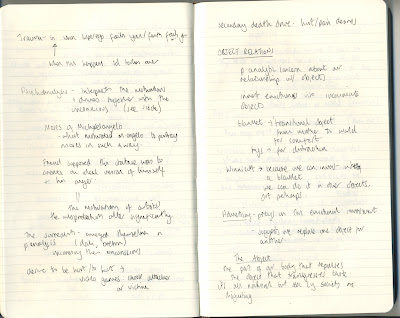
A concave mirror, that gives the impression the reflection is protruding.

Mega zoom, have the control over cctv style cameras

Focussing a camera image

Spin the wheel to mix the colours into grey

The witches head appears out of the darkness when you press a button


Choose a TV programme to be in...

...and act on the blue screen and see yourself within the context of the programme

A news desk, read out a news report and be recorded

Choose with screen to watch/edit

Follow a voice over of a director and have people use the camera to film you. The video is fed to screens surrounding the set.


Choose how to send the TV signal, through cable/satellite/terrestrial/WEB. The lights show the signal moving, this one showing the cable signal.


The four options to choose from

Demonstration of photocells. By blocking out the light the signal is disrupted.


Feedback terminal, alternative to traditional comment book




Flip books

Touch screen information

3D photos


Flip books/film





















